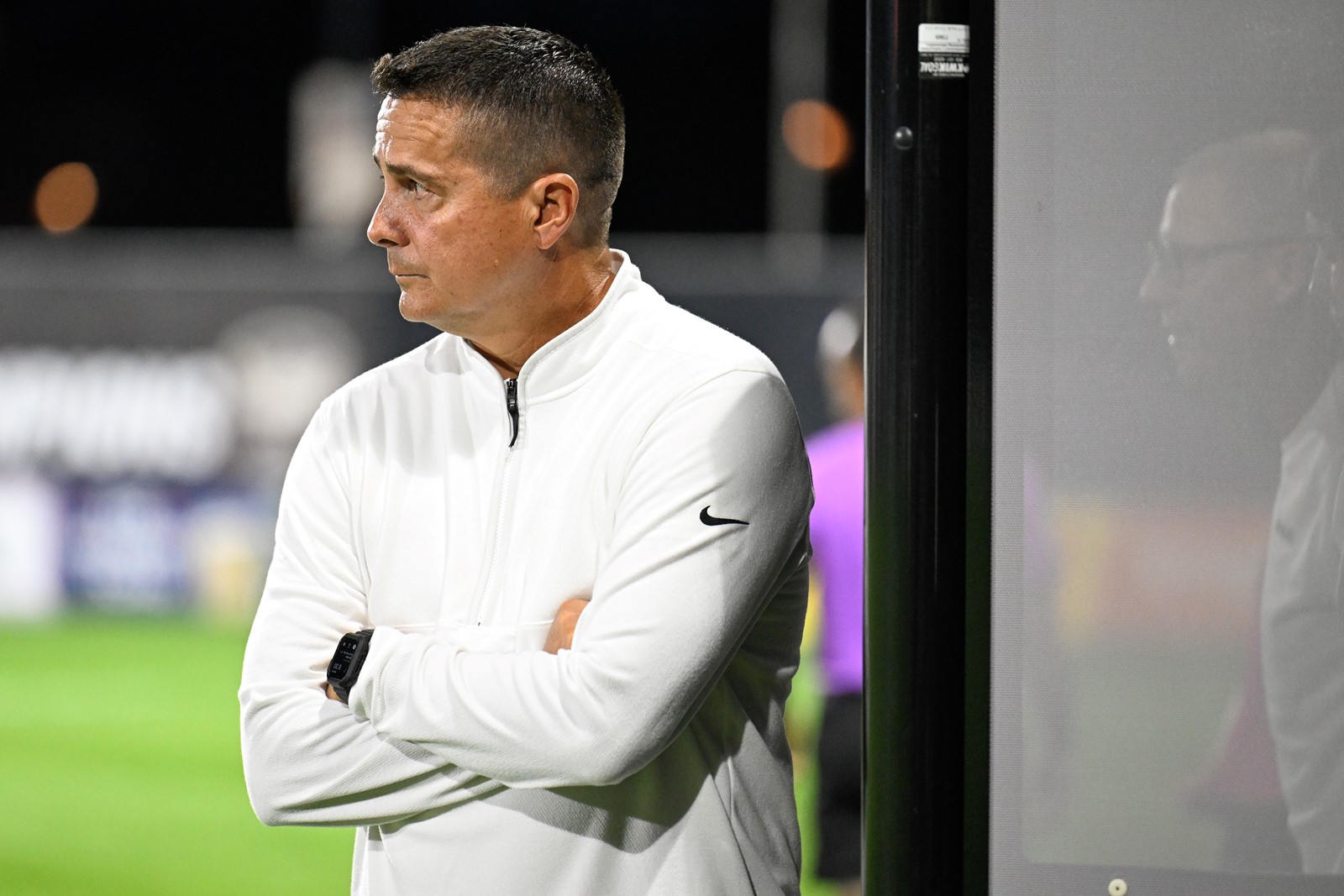
It was about 1 1/2 months ago when the first tangible domino fell in the new landscape set to be navigated by Colorado’s Olympic sports.
It will be a road littered with unforeseen potholes, new hurdles, and unpredictable twists and turns.
In early June, longtime CU track and field assistants Casey Malone and Lindsey Malone were let go, a response to the finalization of the House settlement which, among many other nuances, has opened the door to direct revenue-sharing payments to athletes.
The athletes set to reap the bulk of those financial benefits across the nation will be football and basketball players. Life at CU will be no different, with Olympic sports set to take the brunt of cost-cutting ventures as athletic departments scramble to find the funds to fill the $20.5 million (per university) due to be distributed to athletes for the 2025-26 athletic calendar.
CU has taken strides not to lump the departure of the Malones with any cost-cutting endeavors. To date, there has not been a single release announcing the elimination of two staff members. Nor has there been even a single social media post thanking the Malones, which seemingly would have been a modest gesture for a pair of former Colorado State Rams who dedicated two decades of their lives to CU black and gold. The same can be said for a number of athletic department staples who agreed to take early retirements following the school year in lead academic administrator Kris Livingston, Events Center director Bart Emery and men’s basketball administrator Marge Marcy, none of whom will be replaced on a dollar-for-dollar basis.
Within the next three weeks, two of CU’s most successful non-revenue programs, women’s soccer and volleyball, will begin preseason practices. One year after a return to the Big 12 Conference marked a signature change for the programs, the 2025 campaign promises even more significant changes behind the scenes.
“How I look at it is that even though there was a settlement, I don’t think things are settled,” said soccer head coach Danny Sanchez, entering his 14th season at CU. “I think that once we get through this year, we’ll see what the landscape looks like and then move forward. You have to be fiscally smart as a department so you position yourself to be successful in the future. But I think it’s too early in the game to make any big assumptions of what the future is going to look like. We know we’re a priority at CU, and we look forward to seeing how it plays out. There’s just so much uncertainty right now.”
One significant adjustment for Sanchez and his volleyball counterpart, Jesse Mahoney, has been the new roster limits set for each sport. Women’s soccer previously had a scholarship limit of 14, with the funds for those scholarships typically spread amongst a roster that, at CU, tended to max-out in the low 20s. Volleyball previously had a limit of 12 scholarships.
The new roster limit for women’s soccer is 28, though Sanchez said the CU roster will be capped at 26, with the Buffs likely to carry 24 players this season. The volleyball roster limit is 18, although the new CU limits will be 16 for the roster with 13 scholarships that again can be spread across the entirety of the roster. The Buffs volleyball team carried 19 players last year, and the reduction was a key reason why a number of backups and younger players from last year’s team opted for the transfer portal.
“It’s been a little bit of a strange offseason as far as that goes,” Mahoney said. “We’re seeing that quality walk-ons are harder to find, because those quality walk-ons can now actually get money at some places.”
Both Sanchez and Mahoney were quick to reiterate the new business models will not be prohibitive toward fielding competitive programs. Yet there will be cost-cutting, even if it’s subtly done by cutting corners. Volleyball already operates with one less full-time staff member than what’s permissible. And future travel itineraries could include more affordable hotels, along with longer bus rides between destinations that might have previously been served by short flights.
And even though soccer and volleyball players won’t be getting the same pieces of the pie available to football and basketball players, the financial questions have become as big a part of the equation in recruiting for Sanchez and Mahoney as they have for Deion Sanders and Tad Boyle.
“Now it’s probably the second question we get asked. How much money are you going to give me?” Mahoney said. “If they’re an athlete that’s good enough to participate in revenue share, then they are asking what the revenue share situation is at your university. And they’re asking what they can expect. Certainly if they don’t talk about it in the first conversation, they’re talking about it in the second conversation.”


 PREVIOUS ARTICLE
PREVIOUS ARTICLE
